Cal-Mag is a plant supplement that stands for calcium and magnesium, two macronutrients that can help plants grow healthier and happier. In this article, let’s talk about how to fix cal mag deficiency.

Calcium and magnesium are secondary minerals that are required for optimal plant growth. It is also an excellent supplement for plants deficient in nutrients or simply needing a boost. But what if your plant suffers from a calcium-magnesium deficiency?
You may learn more about the reasons for this insufficiency, its signs and symptoms, and the solutions in this article. Read on to learn what is truly causing this problem and how you can maintain your plant healthy with a small amount of vigilance.
What is Cal-Mag?
Cal-Mag is a liquid supplement that contains calcium, magnesium, and iron. It is a highly suggested nutrient supplement for plants because it contains essential nutrients required for optimum growth, particularly in plants that bloom and produce fruits. Without it, your plants would probably experience nutrient deficiencies.
RELATED: Calcium For Houseplants: Why Is It Important For Growth And Reproduction?
The Importance of Calcium and Magnesium
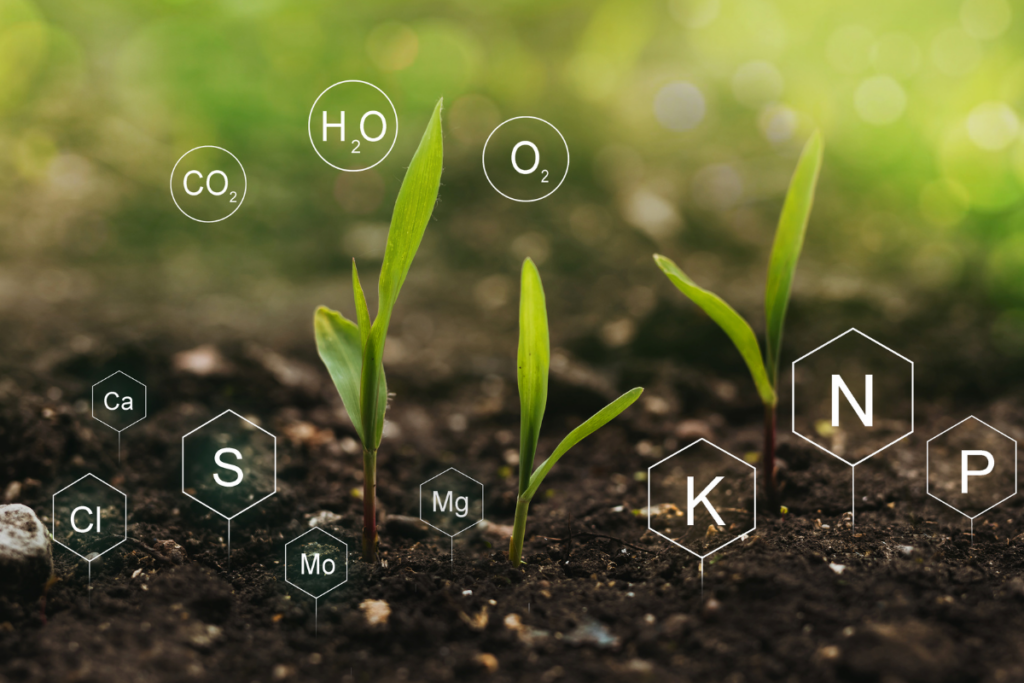
These two secondary minerals are necessary nutrients for all plants. It assists in neutralizing organic acids that arise during plant cell metabolism.
Calcium is an essential element in plants that aid in the production of plant tissues as well as the growth of plants. It is responsible for maintaining plant cell walls together and also enhances root absorption of other nutrients. Without it, plant growth will be stunted, and the leaves will curl.
On the other hand, magnesium is a necessary nutrient for physiological and biochemical processes in plants. Magnesium is the center core of chlorophyll molecules in plant tissues.
It also aids in the activation of particular enzyme systems. It aids plant growth to full maturity. A shortage of magnesium leads to slow or stunted plant growth.
Cal-Mag Deficiency Symptoms
The effect of a deficiency is a pattern of yellowing called chlorosis. However, it is challenging to spot Magnesium and Calcium deficiency in the early stages of a plant. It most commonly begins in the plant’s lower leaves, and the tips of the leaves curl and turn brown. Further damage will result in stunted growth, poor flowering, or plant death.
Cal-Mag Deficiency Causes
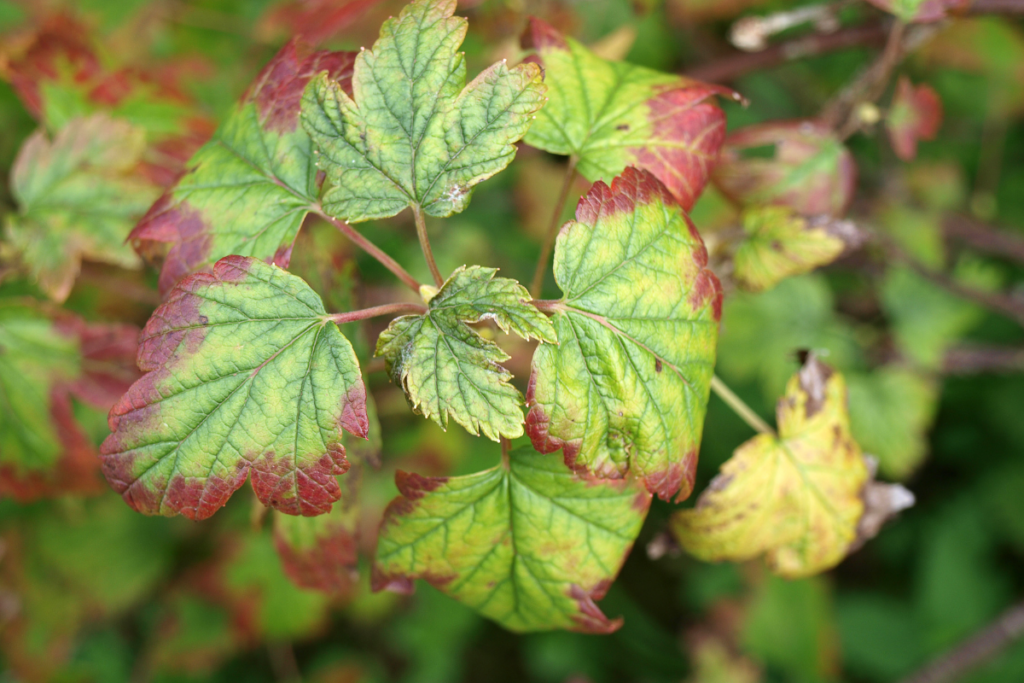
A variety of circumstances can cause calcium-magnesium shortages. One of the primary causes of calcium and magnesium deficiency is acidic soil. Calcium and magnesium will be difficult for the plant to absorb.
Another factor is that coarse or sandy soil in an arid area can contribute to reduced transpiration. A plant’s transpiration rate is stated to be low when less water evaporates from leaf and blossom pores. As a result, the plant cannot efficiently move nutrients from the root to the shoot, resulting in a deficiency.
Other causes include an inappropriate pH level, poor water quality, or the use of strong fertilizers that cause imbalanced feeding.
1. Inappropriate pH level
Among the primary causes of magnesium and calcium deficiencies is very acidic or alkaline soil. Curled leaf margins or mottled leaves with brown or yellow blotches are indications you’ll see.
While Calcium and Magnesium are difficult for plants to absorb in acidic growing soil, they are also difficult to dissolve in extremely alkaline soil because of the reaction of phosphate ions with calcium and magnesium. However, the plant will only grow and retain all of its nutrients when the pH is between 6.5 and 7.5.
2. Imbalance Feeding
There is a good risk that your plant will have a calcium magnesium deficit if you were feeding it wrongly and not paying attention to its entire nutriment. But in order to survive, a plant needs the proper ratio of all minerals, including salt, potassium, manganese, and aluminum.
Because all of these chemicals have the capacity to bind calcium and magnesium to plant cells, an oversupply of at least one nutrient type may cause oversaturation and shortage.
Additionally, in this state, you may see weak, lifeless stems as well as the stunted or delayed development of shoot, root, and plant’s apical buds.
3. Low Rate of Transpiration
A plant is considered to have a low rate of transpiration when fewer drops of water evaporate from the pores of its leaves and flowers. A deficiency develops as a consequence of the plant’s ineffective capacity to transport nutrients coming from the root up to the shoot.
High humidity, calm air, frigid temperatures, and insufficient watering are the primary causes of the poor transpiration rate.
As a result, your plant is likely to become deficient if you overexpose it to low temperatures or cultivate it inside a still location with too much dampness.
4. Utilizing Chemically-Treated Water
Do you use reverse osmosis or distilled water to water your plants? Then, this maybe just another significant reason why the plant may get deficient.
Both tap water and rainwater are crucial sources of calcium and magnesium for the plant’s healthy development. These are removed from distilled water or treated reverse osmosis, depriving the plant of the essential nutrient and causing insufficiency.
5. Utilizing Soft Water
Your plant may survive with soft water, but that could not be the best solution. This is due to the fact that soft water has a lower level of pH and contains little to no magnesium or calcium. Hard water, on the other hand, has a larger concentration amount of dissolved calcium minerals, which lowers the likelihood of a deficit.
6. Utilizing Sandy Soil
Keep in mind that coco coir and sandy, coarse soil have lower calcium and magnesium contents than clayey and loamy soils when used as planting media. The amount of minerals increases with clay particle height.
RELATED: Coffee Grounds for Indoor Plants: All The Benefits and More Planting Tips
Solutions For Cal-Mag Deficiency
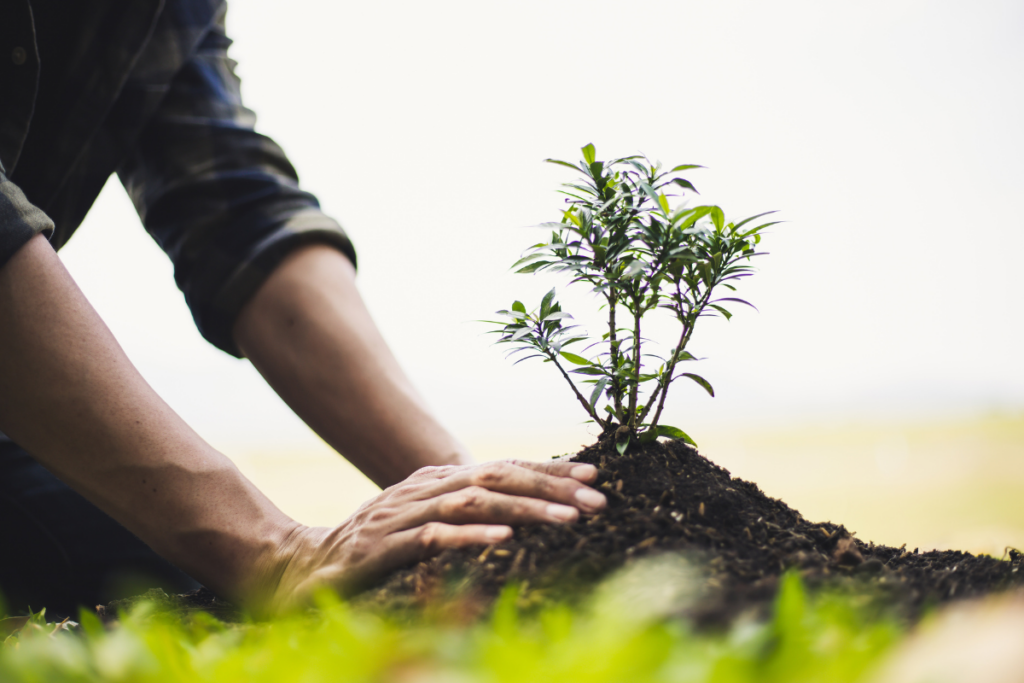
Now that you are aware of the reasons and how to recognize them, let’s dive into the issue’s resolution. We’ve included choices in the area below that will help you quickly fix the problem and raise a healthy, happy plant.
1. Deal with pH Imbalance
To keep the plant healthy, raise the level of pH to the appropriate range. Lime may be added to acidic soil to raise the pH.
If the soil is too alkaline, you may also add gypsum or bone meal so that you can acquire the required level. Before making any changes to the soil, you may always utilize a testing device to determine the pH.
2. Offer Well-Balanced Nutrition
To help with calcium and magnesium absorption, fertilize the plant’s right side. Avoid using strong fertilizers with phosphorus in them, particularly on plants that are non-flowering, since this will cause the soil to become too rich in insoluble calcium.
Apply a well-balanced solution after flushing the plants with pH-neutral water to restore the proper equilibrium.
3. Increase evaporation rates
To boost transpiration and reduce the chance of insufficiency, plants need saturated flowing air surrounding them. Keep your plant within a location with good ventilation and frequent air flow.
Ensure that the plant receives enough watering so that the calcium may still reach the leaf even with the low rate of transpiration.
4. Utilize Proper Water
Compared to processed RO, soft water, distilled, tap, hard, and rainfall is superior possibilities for usage.
5. Maintain Environmental Conditions
In order to provide plants with appropriate heat and humidity, low temperatures and high humidity must be avoided.
If inside, use dehumidifier and set it up in partial, diffused light to lower the humidity. If the plant is outside, keep it away from weather extremes like frigid breezes and intense afternoon sun.
6. Make use of pre-blended Cal-Mag supplements
From reputable internet retailers or gardening supply shops, you may purchase and utilize a cal-mag supplement that is pre-mixed. The pre-mixed nutrient is available in a variety of serving sizes, hence, choose the one that is best for your kind of plant.
For the correct application, according to the manufacturer’s directions. In addition to taking supplements, make an effort to maintain a healthy pH and the balance of other nutrients.
7. Before adding supplements, check the soil
Before adding any kind of supplement, examine the soil if your plants are exhibiting deficiencies like decreased growth or discolouration. The indications can be an indication of something else even when the soil has acceptable calcium and magnesium levels.
8. Watch over your plants
Check the calcium and magnesium levels in the soil on a regular basis. This is a preventative action that will help to maintain the well-being of the plant.
RELATED: Eggshells as Fertilizer to Make Soil and Plant Happy & Healthy
Types of Cal-Mag Supplements
1. DIY Cal-Mag Supplements
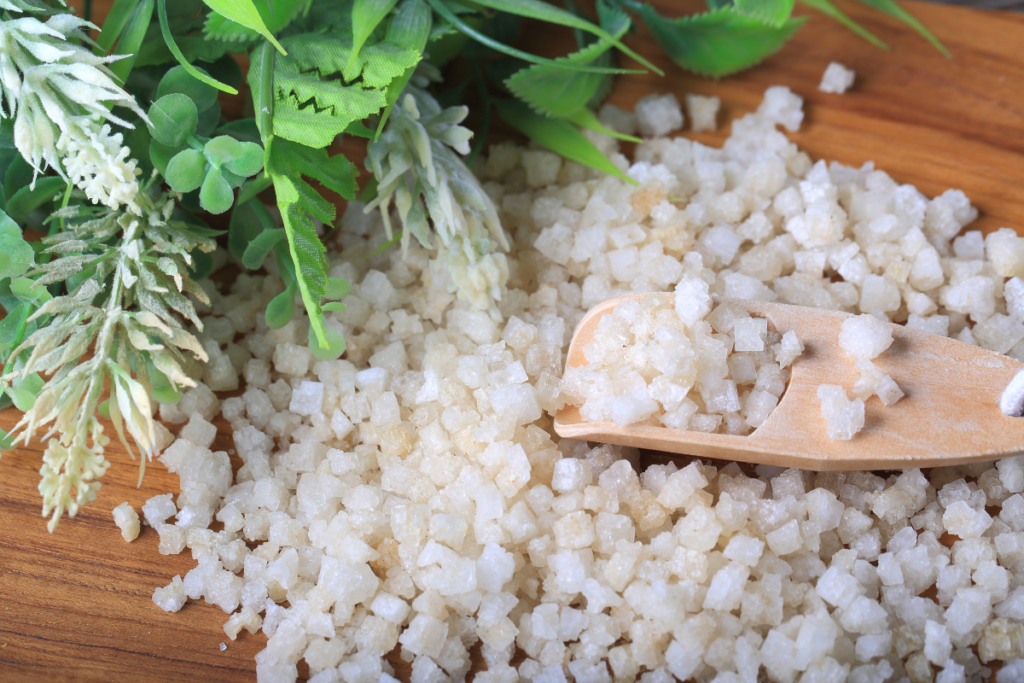
Making homemade nutrient solution or supplements to make up for the shortfall is simple. Here are some of the Cal-Mag supplements you can make at home.
- Epsom Salt and Calcium Nitrate
Epsom salts, which are chemically magnesium sulfate, and calcium nitrate, should be combined in a 1: 1.5 ratio. In a gallon of water, this equates to around 0.15 ounces (4.5 grams) of Epsom salt and 0.26 ounces (6 grams) of calcium nitrate.
- Bone Meal
This is a calcium and phosphorus-rich fine powder made from crushed bones.
- Crab Meal
This product, which is once again a fine powder made of crabs and other crustaceans, may provide the plant with between 10% and 20% of its calcium needs.
- Eggshells
Particularly for indoor plants, powdered eggshells are a great source of calcium carbonate.
2. Organic Matter Supplements
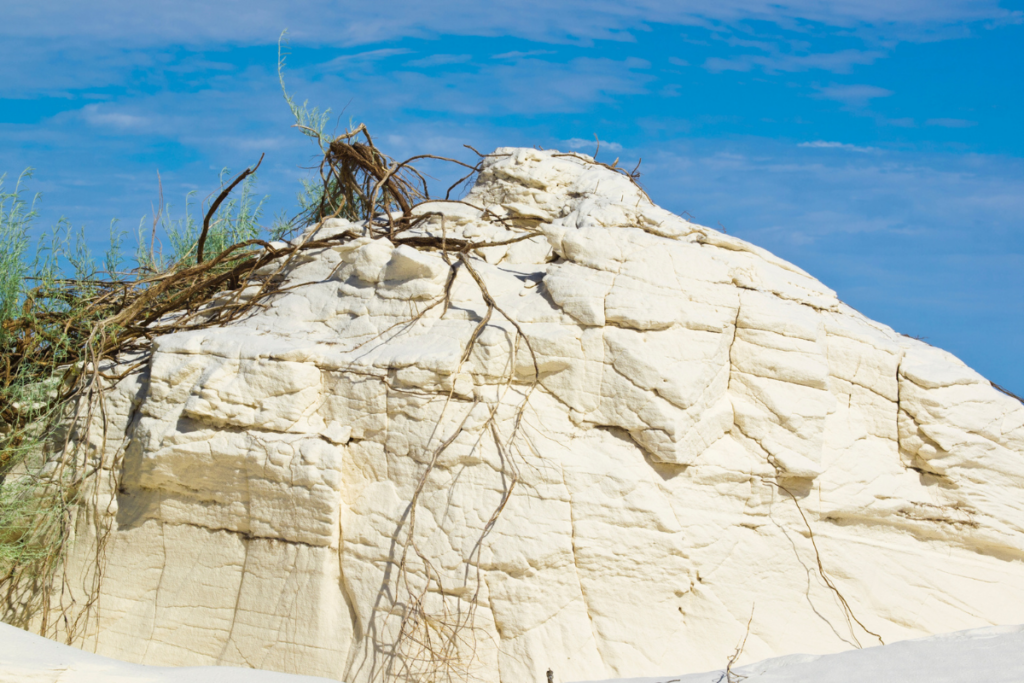
You may also utilize the organic materials listed below.
- Calcitic Lime
Rich in calcium carbonate, calcitic lime raises pH while adding calcium and fix calcium deficiency in the soil. This is the best choice if your soil has a low pH and is acidic. Therefore, test your pH before adding calcium lime since it could not be very helpful if your soil has a high alkaline content.
- Dolomitic Lime
Calcium and magnesium carbonates are both present in dolomitic lime. It elevates pH levels similarly to calcitic lime. Therefore, use it only after testing your soil.
- Gypsum
This naturally occurring material, which contains calcium sulfate, is ideal for the plant’s need for more calcium.
- EDTA calcium
The calcium molecules in EDTA, a water-soluble type of calcium, do not interact with any other components in the plant soil and do not leach.
With these readily accessible domestic organic materials, you can quickly create your supplement.
How to Treat Cal-Mag Deficiency While Flowering
Cal-mag is required by all plants, but particularly by those that flower. Calcium and magnesium deficiency are concerning during the flowering stage because they are two secondary minerals required for flowering and plant growth.
Calcium is required for the formation of plant cell walls; without it, cell wall formation is hampered, resulting in weak and malformed flowers and a plant that grows slowly and may even die.
On the other hand, magnesium is necessary for the formation of new flower buds. Magnesium deficiency causes the blooms to appear pale and weak.
A cannabis magnesium deficiency, for example, is also exemplified by weak leaf growth. Using a Cal-Mag-rich fertilizer, especially during flowering, is the simplest way to address calcium and magnesium deficiencies.
However, applying Cal-Mag throughout the flowering stage of your plant, like for example your cannabis plants, is situational; it is up to you and the state of your plant. Make sure not to get the solution on specific cannabis plant parts such as foliage, buds, or flowers.
What Are the Advantages of Using Cal-Mag?
Plants require more magnesium and calcium because of the formation of buds, especially during flowering. Cal-Mag provides your plants with all of the secondary nutrients they require. Cal-Mag also aids in regulating pH levels and supporting stable growth throughout the plant cycle.
How To Apply Cal-Mag to Plants?
Cal-Mag is a liquid supplement that contains calcium, magnesium, and iron. To apply Cal-Mag to your plants, add as little as a teaspoon of Cal-Mag to a single gallon of water or fill a garden sprayer with the solution.
Plants should be properly misted with water before Cal-Mag is applied, and they should continue to get regular watering after that.
It is safe to use on all plants. However, to be certain, simply read and follow the product label’s directions.
Cal-Mag is particularly beneficial for treating deficiencies and enhancing plant health, but excessive use will result in burns or discoloration. Keep an eye on your plants after you’ve treated them for Cal-Mag deficiency.
Is it fine to use an excessive amount of cal-mag?
Technically, it is a case-by-case situation based on your plant and its environment. As long as the plants are not in soil that is high in pH or deficient in nutrients, it won’t harm them.
When a plant’s soil accumulates too much calcium, the pH level rises. Cal-Mag can be used on plants that appear to have nutrient deficiencies to help them recover quickly.
If your plants appear to be happy and healthy, there is no need to keep applying Cal-Mag because the plant also requires the other nutrients to flourish and grow. Furthermore, using too much Cal-Mag or too frequently can cause leaf burn.
Cal-Mag in Soil
Since calcium and magnesium nutrient deficiency in garden soil can happen for a number of reasons, Cal-Mag can and should be utilized in the soil.
Less calcium is present in sandy, coarse soils. Additionally, the excessive use of phosphorus-based fertilizers causes the soil to accumulate insoluble, semi-mobile nutrient calcium.
As a result, adding Cal-Mag to the soil considerably helps the micronutrients that plants need to survive. Because calcium and magnesium are the essential elements needed to grow and remain healthy aside from the primary nutrients, Cal-Mag supplements for the soil are available in practically all garden stores.
Conclusion
Cal-Mag helps your plants not only recover but also guard against future deficiencies.
Calcium and magnesium deficiency can be caused by a variety of factors. This leads to slower development, rotting fruits and blossoms, and discolored foliage when there is a deficiency.
We hope you are now equipped with the right information to help your ailing plant. When your houseplant has a problem, you may simply locate a cure since you are aware of the symptoms, causes, and treatments.
Editor’s Recommendations
Importance of Soil pH and Nutrient Availability for Plant Health
How to Treat Plant Fungus with Baking Soda for Good?
Identification and Control of Rust Fungus by Natural and Chemical Ways







